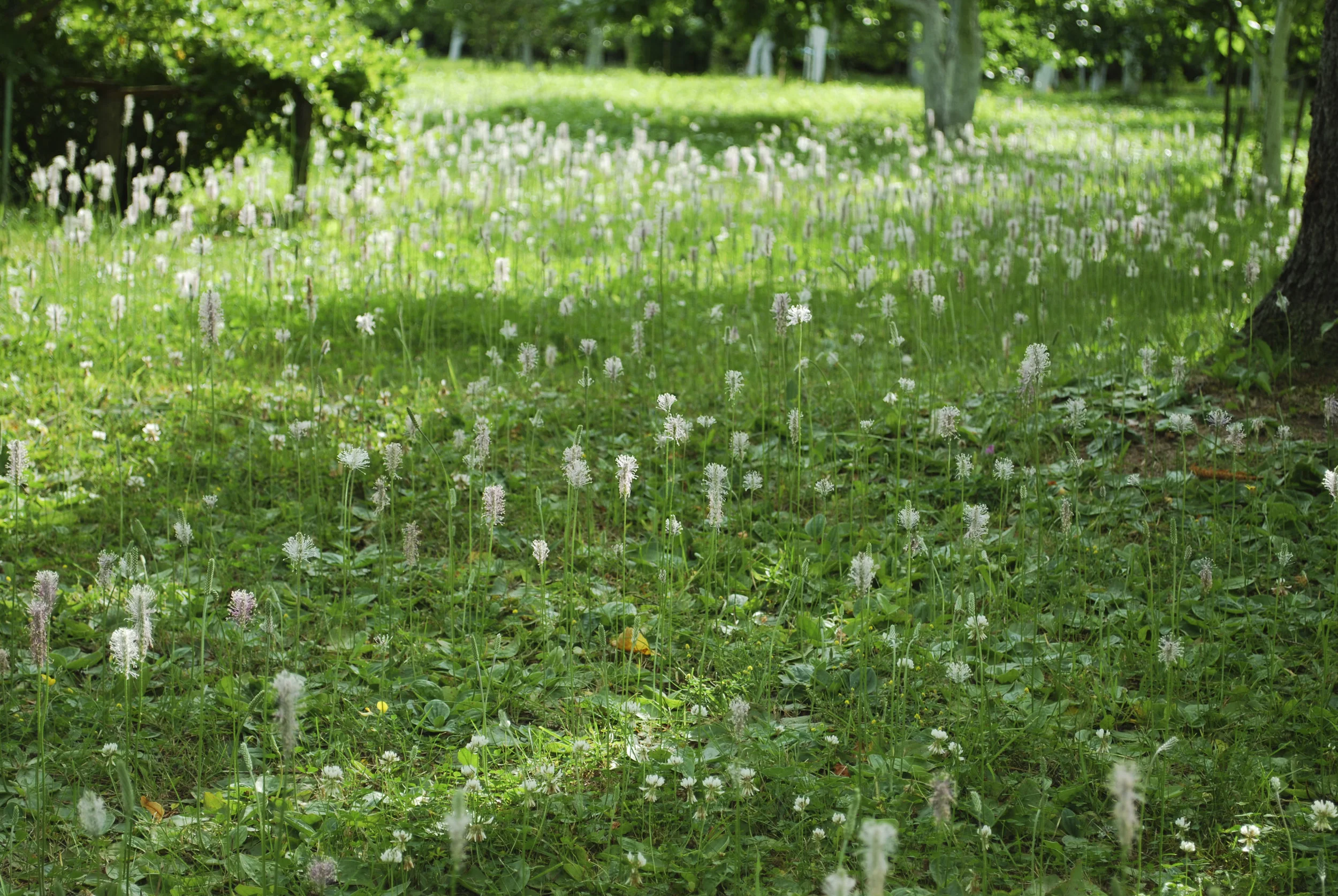Similarly to how other plants have a niche, weeds require specific conditions in order to thrive. Before you call in professional help or roll your sleeves up to clear them, consider what these weeds reveal about the condition of your softscape. Certain factors that allow weeds to flourish can easily be altered to prevent future infestations and improve the overall health of your lawn. Read on to discover what different weeds reveal about your Somers, NY, landscape.
Broadleaf plantain (Plantago major)
Plantago major has distinctive broad leaves and leafless stalks that sprout flowers. While they’re quite resilient and can adapt to various locations, these weeds are particularly suited to acidic soil. Consider having the pH of your soil checked and balanced with substances like lime. Other plants that thrive in acidic conditions, like hydrangeas and blueberries, can also be planted to compete with these weeds. These weeds also enjoy poorly drained, compacted soils, so have your soil aerated regularly and avoid over-watering as an added precaution.
Dandelion (Taraxacum officinale)
Taraxacum officinale is one of the most widespread weeds and can grow in a number of different climates. However, by tailoring the water content and pH of your soil, you can dissuade these weeds from setting up shop. Dandelions prefer moist, acidic soil and tend to expand more rapidly in thin, disturbed soil. Maintaining a proper irrigation schedule, monitoring the pH of your soil and ensuring that there is plenty of competition for the pest, in the form of healthy lawn and plants, will go a long way in preventing an infestation of dandelions.
Related: GET YOUR LANDSCAPE READY FOR SPRING WITH PROFESSIONAL PROPERTY MAINTENANCE IN WESTCHESTER COUNTY
Ground ivy (Glechoma hederacea)
Glechoma hederacea is a low-creeping weed with rounded leaves and small, funnel-shaped flowers. Shady, wet soil that lacks fertility is a haven for ground ivy, so ensure that you monitor your lawn and mow at least 3 inches above the turf to create an inhospitable environment for this resilient weed.
Lambsquarters (Chenopodium album)
Chenopodium album is clearly distinguished by its pale green, lance-shaped leaves and small yellow flowers that bloom from May through November. It favours highly fertile, compacted soil, so consider having your lawn aerated and minimise foot traffic in the area. Frequent mowing is also an effective precaution against an infestation of lambsquarters, as it cuts the weeds down before they have a chance to produce seeds.
Prostrate knotweed (Polygonum aviculare)
Polygonum aviculare creates a wiry network of stems with blue-green leaves. It is well suited to dry, compacted soil and can often be spotted in areas that experience heavy foot traffic. Frequent watering and aeration of your lawn should prove enough to ward off these interesting, yet pesky weeds.
White clover (Trifolium repens)
Trifolium repens is a low-growing weed with prominent white flowers. It is accommodated by soils low in nitrogen and areas thinly covered by lawn. Boosting the nitrogen levels in your soil and improving the thickness of your turf should dissuade any white clover from spreading throughout your lawn. However, many homeowners opt to leave white clover to grow in areas where grass simply refuses to take hold. They attract bees and can add character to the lawn.
Related: HOW PROFESSIONAL PROPERTY MAINTENANCE CAN KEEP YOUR SOMERS LANDSCAPE FIT FOR ENTERTAINING
Chickweed (Stellaria media)
The presence of Stellaria media is indicative of highly fertile soil that is, unfortunately, water-clogged. The growth of chickweed can, therefore, be prevented by less frequent watering and plenty of competition in the form of a thick, lush lawn.


